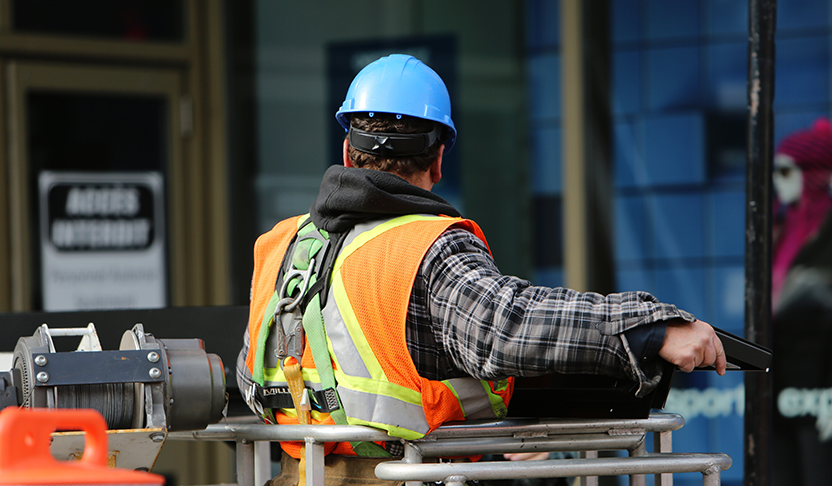
Personal injury
5 most common manual handling injuries
Manual handling is the most common cause of injury in the workplace, and accidents can have long-lasting impacts on personal and professional lives. Our experts explore the 10 most common manual handling injuries and how to avoid them.
Nearly 1 in 10 people in the UK worked in skilled trade occupations in 2021, and over the years these kinds of jobs became even more in demand. While the professionals of these trades take time to understand how to do their job safely, there is always a risk of manual handling injuries.
The most common manual handling injuries
Sprains and Strains
Sprains and strains are often caused by overstretching the muscles, particularly in the back, arms or wrists. This results in inflammation which can lead to pain and bruising. Being very aware of your actions and understanding when you may need to change your grip on an object can help avoid straining muscles. It is important to also rest and take breaks where possible.
Back Injuries
Back injuries are one of the most common manual handling injuries. When lifting heavy objects at work, your back is one of the most important areas to protect as it is often one of the weakest areas of the body. This is why it’s important to practice your lifting technique and keep good posture. Stooping or twisting when picking up or holding a load are other actions that commonly lead to back injuries. Instead, when lifting, aim to get a good grip and use the strength of your legs to lift objects.
Hand injuries
Manual handling will often require you to grip an object or load. Depending on the item you are picking up, this action could result in severe injuries. The item could have sharp edges causing cuts on your hand or it could be too hot, causing burns. As your hands are a vital part of your body, it is just as vital to look after them. Using appropriate PPE as recommended by the HSE will help to avoid injuries on your hand.
Hand and Foot Injury
When an incorrect manual handling technique is used, the pressure of the load is often concentrated on the hands and feet. Hands and feet are, therefore, at a greater risk of injury from sprains and strains to broken bones. A worker’s hands and feet can also be crushed if a heavy load is dropped, which can cause severe pain and significant damage. Wearing protective footwear, such a steel capped shoes, or gloves on your hand, can be the difference between breaking your hand or foot and not.
Slips, Trips and Falls
Uneven surfaces and poor visibility can increase the risk of slips and falls while manually handling heavy loads. Carrying a large object can obscure your line of sight and increase the likelihood of tripping over. These types of accidents can cause severe injury as there is added concern that the object being carried may fall on the person holding it or someone close by. To avoid slipping, tripping or falling, it is advisable to check your route without carrying anything. The HSE emphasises the Trip potential triangle as things to look out for.
What to do if an accident takes place
If you are involved in an accident at work, it is vital that you seek medical attention from a first aider. After you have received necessary medical attention, it is important that you report the accident to your employer, usually via a line manager.
Your manager should then record the accident in the company accident book. This means there is an official record of what happened and how you were injured.
The information recorded should include:
- The name, address and occupation of the person injured
- The name, address and occupation of the person recording the details of the accident
- Where and when the accident occurred
- How the accident occurred, and any injury suffered
Typically, it is best practise for the injured party to fill out the form where possible, and this is then signed off by one of your employer’s qualified first aiders.
We are here to help
Manual handling is the most common cause of injury in the workplace, and accidents can have long-lasting impacts on personal and professional lives. From office environments to warehouses, the potential for manual handling injuries exists in diverse settings, as these injuries can occur in any occupation where you must lift and move heavy items at some point.
It is never too early to think about instructing a work accident expert to help you. While the events are still fresh in your mind, you can speak to your lawyer who will make detailed notes and prepare a statement for you.
At Slater and Gordon, we have a specialist team of personal injury lawyers who have extensive experience in supporting people who have been injured at work. Call us today on 0330 041 5869 or contact us online.



